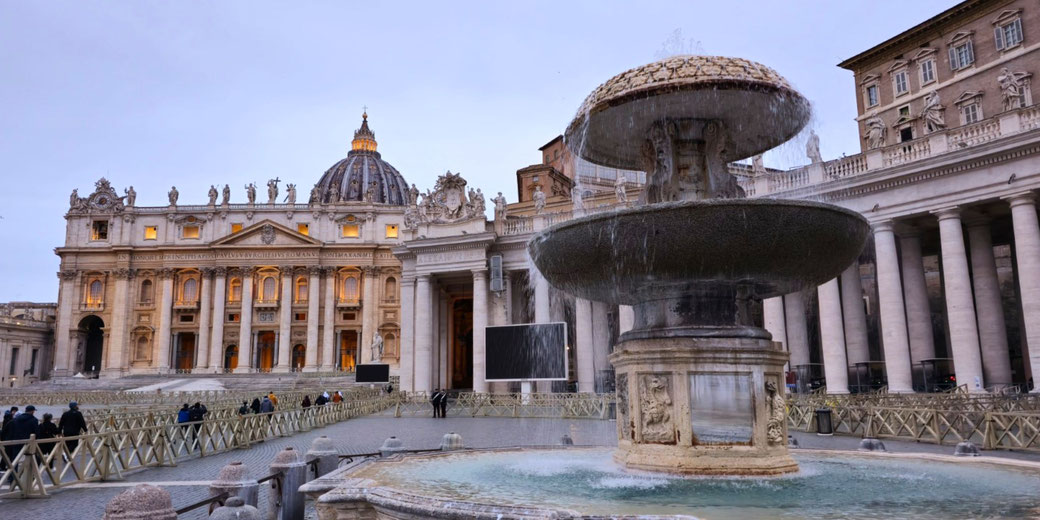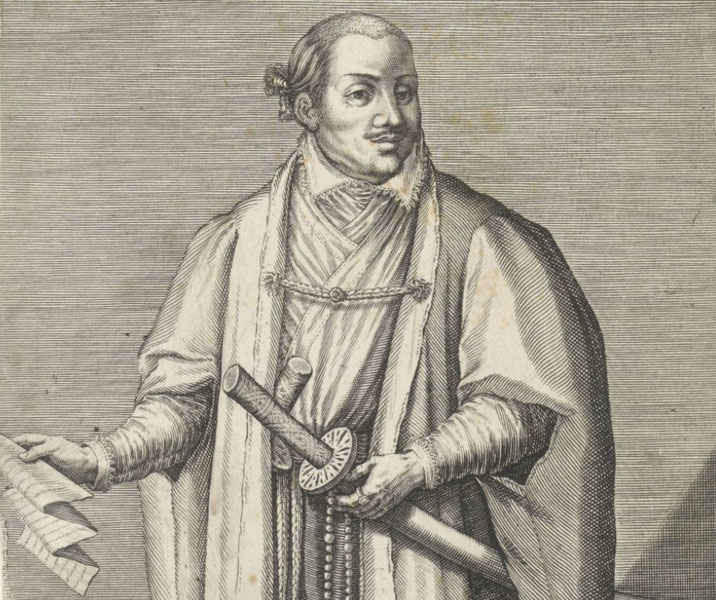The incredible story of the samurai warrior who sailed to Europe to meet the pope

In the early 17th century, when most Japanese had never travelled beyond their own shores, a diplomatic mission crossed two oceans, met kings and popes, and introduced samurai to the courts of Europe.
This exceptional voyage carried goods and gifts as well as political plans. At its head was a retainer from northern Honshu, who undertook a journey that would become one of the most memorable episodes in Japan’s early contact with the wider world.
His career as a samurai
Hasekura Tsunenaga was born in 1571 in the Sendai Domain of northern Honshu and lived during the closing years of Japan’s Sengoku period, when the country was moving towards unification under the Tokugawa shogunate.
As a vassal of Date Masamune, the influential daimyo of Sendai, who was known as the “One-Eyed Dragon of Ōshu,” he became the central figure in one of the most notable diplomatic missions of the early modern world.
Under Date Masamune’s rule from 1600, Hasekura Tsunenaga served as a trusted retainer, who carried out duties that ranged from military command to administrative oversight, and managed landholdings granted in return for loyalty.
Contemporary records describe him as belonging to a family of lower-ranking retainers, who gained prestige through steady service and the trust of their lord.
The Hasekura clan claimed descent from the powerful Fujiwara line. He likely took part in campaigns under Masamune before gaining prominence in administrative and diplomatic matters.
The journey to Europe
At the start of the 1610s, Date Masamune decided to sponsor a mission abroad, now known as the Keichō Embassy, to secure trade links with New Spain and obtain Christian missionaries for his domains.
During this time, Spanish and Portuguese influence spread into Asia, and Japanese merchants had already begun trading in Southeast Asia.
Masamune needed an envoy who could interact with foreign courts in order to manage difficult negotiations.
In 1613, under Masamune’s direction, the galleon San Juan Bautista was built at Ishinomaki with Japanese carpenters and Spanish shipwrights, who worked together on its design.
Sources record it as a large, heavily armed vessel capable of long-distance travel, though exact measurements and tonnage remain uncertain.
It carried about 180 people, including Japanese sailors, Spanish and Portuguese navigators, merchants, samurai, and servants, along with Franciscan friar Luis Sotelo, who was an interpreter and religious adviser.
From the port of Tsukinoura, the embassy set sail and crossed the Pacific, and they reached Acapulco in New Spain in January 1614.
Once in Mexico City, the delegation met colonial officials before they travelled to Veracruz to embark for Havana, and then onward to Seville in Spain, where they arrived in October 1614.
In Madrid, Hasekura presented Date Masamune’s letter to King Philip III in January 1615, requesting trade rights and missionary assistance, and exchanged gifts, including lacquerware and Japanese screens.
The presence of samurai in decorated dress, who were accompanied by foreign attendants, caused fascination among onlookers unfamiliar with visitors from such a distant country.
In France, the delegation’s brief stop at Saint-Tropez was recorded as the first meeting between Japanese envoys and the French.

What happened when Hasekura Tsunenaga met the pope?
From there, the mission continued to the Papal States, and they arrived in Rome in the autumn of 1615.
Over the course of the journey, the delegation covered an estimated 30,000 kilometres, which made it one of the most extensive diplomatic voyages undertaken by Japan in the early 17th century.
In November 1615, Hasekura attended an audience with Pope Paul V at the Apostolic Palace.
According to Vatican records, he entered in formal samurai attire with his delegation, and he presented letters from Date Masamune that outlined requests for formal ties with the Holy See and the dispatch of Christian missionaries to Sendai.
He also brought more gifts of Japanese lacquerware, textiles, and folding screens.
His baptism, however, had already taken place earlier that year in Spain, where he received the Christian name Felipe Francisco Hasekura.
The event was hoped to strengthen the diplomatic contact between Masamune’s court and the Catholic Church.
Pope Paul V expressed support for the mission’s aims, though any concrete action depended on political decisions in Japan and Spain.
Across Europe, chroniclers recorded the embassy in detail, and they noted Hasekura’s composure and formality, as well as the rare sight of a samurai in the Vatican.
Paintings and engravings of the mission circulated widely, and these made it a popular topic in diplomatic and cultural circles.
His return to Japan and later life
From Rome, Hasekura returned to Spain in 1616, and then he sailed back across the Atlantic to New Spain.
In Acapulco, preparations began for the Pacific crossing, and in August 1620, he returned to Nagasaki.
During his absence, however, the Tokugawa shogunate had introduced severe anti-Christian measures, which began with the 1614 edict of Tokugawa Hidetada that ordered the expulsion of missionaries and the persecution of converts.
In the years after his return, Hasekura could not publicly practise Christianity.
Accounts differ on whether he kept the faith in secret or left it under political pressure.
Also, Date Masamune distanced himself from the mission as the shogunate’s stance hardened.
Back in service to Masamune, Hasekura lived quietly until his death in 1622. Later, members of his household and some relatives were affected by the anti-Christian purges of the 1630s and 1640s, though records of specific punishments vary.
Archaeological evidence from his grave in Osato, Miyagi Prefecture, confirms his high rank and the continuing respect he held locally.
In the history of Japan’s foreign relations, the Keichō Embassy is a rare example of direct contact with Europe before the sakoku isolation policy.
Hasekura Tsunenaga’s voyage showed an early Edo interest in exploring diplomatic options on a global scale, but such an embassy would not take place again for more than 250 years.
What do you need help with?
Download ready-to-use digital learning resources
Copyright © History Skills 2014-2025.
Contact via email
With the exception of links to external sites, some historical sources and extracts from specific publications, all content on this website is copyrighted by History Skills. This content may not be copied, republished or redistributed without written permission from the website creator. Please use the Contact page to obtain relevant permission.





